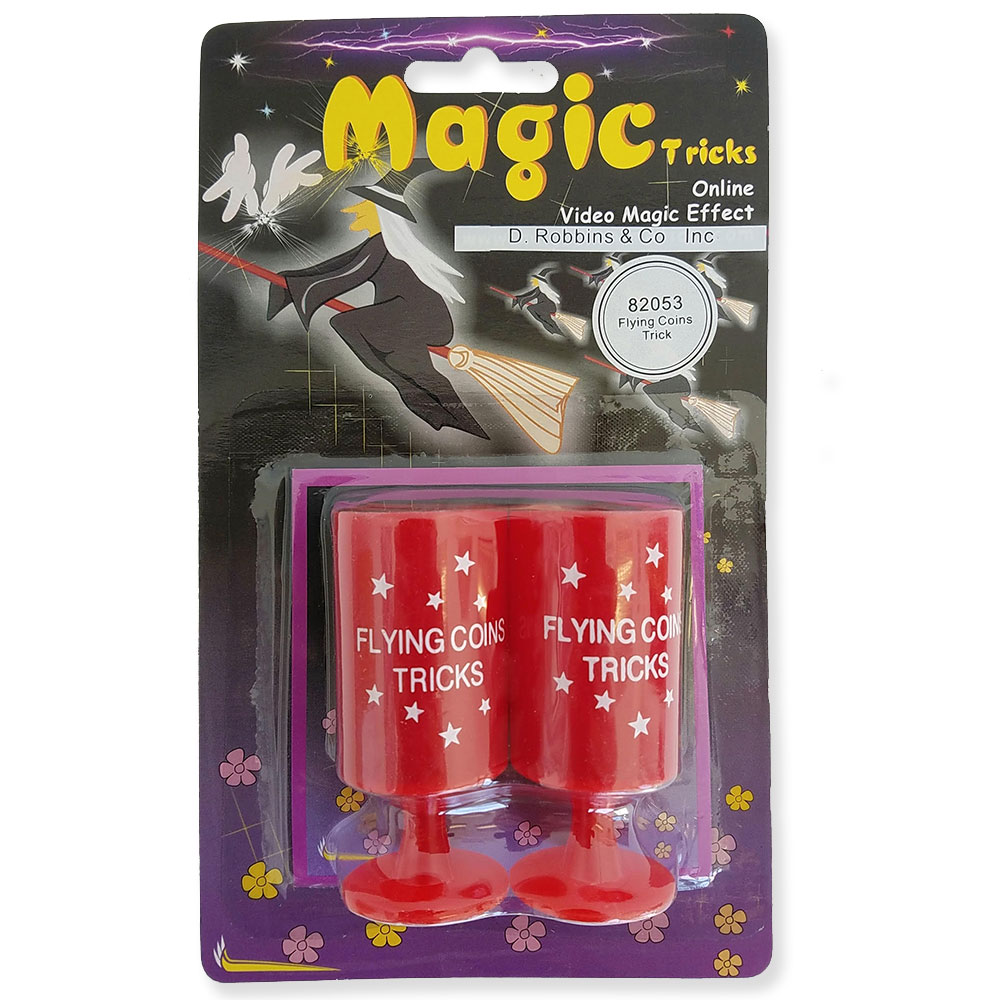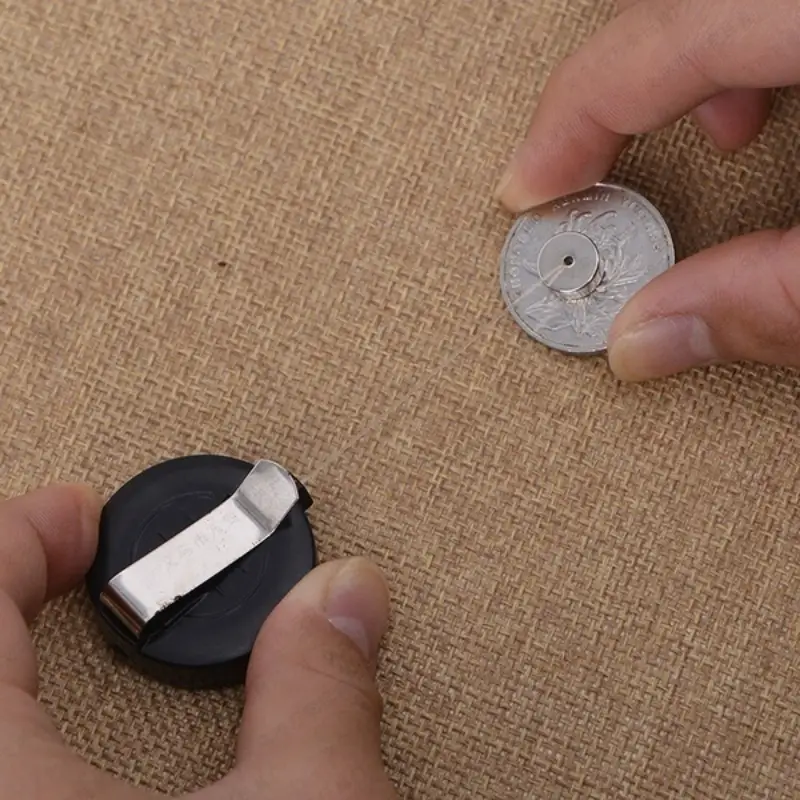Magic tricks have long fascinated audiences, transcending cultural and generational boundaries. One enthralling illusion, the “Flying Coin,” continues to captivate spectators with its simplicity and wonder. This magical feat combines sleight of hand, misdirection, and psychological finesse. The marvel of a coin seemingly defying gravity stirs curiosity and amazement. Let’s delve into how this trick leaves audiences spellbound.
History of the Flying Coin
Origins of Coin Magic
Coin magic has rich historical roots. Ancient Egyptians and Greeks used coins in performances, blending mystique with everyday objects. Coins, due to their universal nature, became ideal props for illusions. The “Flying Coin” emerged from this tradition, gaining prominence in the 19th and 20th centuries. Magicians found coins versatile, easily concealed, and manipulated, making them perfect tools for captivating audiences.
Evolution in Modern Magic
Modernity saw the evolution of coin magic, intertwining traditional techniques with contemporary flair. Pioneers like Jean Eugène Robert-Houdin and Harry Houdini expanded the repertoire of coin tricks. Their ingenuity transformed simple sleights into sophisticated feats. The “Flying Coin” evolved, incorporating new methods and storytelling elements. Present-day magicians continue to innovate, blending classic ploys with modern science.

The Mechanics Behind the Enchantment
Sleight of Hand Techniques
At the heart of the “Flying Coin” is impeccable sleight of hand. Fundamental techniques include the finger palm, classic palm, and back palm. Each move demands precision, practiced invisibility, and seamless execution. Mastery requires rigorous practice and timing. Magicians must create an illusion so convincing that spectators focus on the coin and miss the slight movements.
Finger Palm
The finger palm involves holding the coin tightly between the fingers. Ensuring invisibility from the audience’s perspective is key. This technique is integral to making the coin “disappear.” It allows magicians to engage in misdirection seamlessly.
Classic Palm
The classic palm, a staple in coin magic, involves holding the coin within the palm. This technique relies on finger dexterity. It creates a convincing illusion that the coin has completely vanished. Repetition and muscle memory are essential to master this move.
Misdirection as an Art Form
Misdirection is the lifeline of magic. The “Flying Coin” uses various forms to captivate audiences. Visual and auditory diversions manipulate focus. Distractions guide the audience’s attention away from crucial moments of trick execution. The magician’s charisma, humor, and dialogue play significant roles. Effective storytelling and engagement enhance the trick’s allure.
Visual Misdirection
Visual misdirection deploys movement and props to divert the audience’s eyes. A flick of the wrist or gesture redirects attention. Magicians use patterns, colors, and movements to create optical illusions. These techniques make the trick more mesmerizing.
Auditory Misdirection
Sound and verbal cues can also steer focus. Using an audible click or shuffle can distract. Patter—a stream of engaging talk—serves this purpose well. The magician’s speech and tone can obscure the subtle actions of sleight of hand. This auditory element bolsters the visual illusion.

Psychological Elements in the Flying Coin
Influence of Perception
Perception is a key player in the “Flying Coin” trick. Magicians manipulate psychological insights, guiding how spectators interpret what they see. By understanding visual and cognitive limitations, magicians create convincing illusions. This understanding of human perception makes the trick more effective and engaging.
Cognitive Biases
Bonding with cognitive biases, such as selective attention, plays a role. Audiences inherently focus on certain elements and ignore others. Magicians exploit this natural tendency. By subtly guiding attention, they can make a noticeable action seem invisible, enhancing the magical experience.
Visual Illusions
Visual illusions further influence perception. Creating a convincing illusion involves understanding how the brain processes visual information. Shadow, light, and angle manipulation can drastically alter perception. These elements give the “Flying Coin” its mystique, ensuring the audience is spellbound.
Emotional Engagement
Engaging the audience emotionally is imperative. Storytelling, humor, and wonderment draw the audience in, making them involved participants. Emotional engagement ensures the trick leaves a lasting impression. This engagement creates a shared moment of awe, cementing the magical experience in the viewers’ minds.
Storytelling
Storytelling adds depth and context, transforming a simple trick into an event. A compelling narrative captivates the audience, making the trick more memorable. Through storytelling, magicians create a connection, making the moment magical.
Humor and Charm
Humor and charm are powerful emotional tools. They create a relaxed atmosphere, making audiences more receptive. A charming presentation with witty banter makes the experience enjoyable. This positive engagement enhances the effect of the trick.
Practicing the Perfect Trick
Importance of Repetition
Repetition is paramount in mastering the “Flying Coin.” Continuous practice ensures muscle memory and fluidity. It helps refine every move, ensuring seamless execution. Repetition reduces the chance of mistakes, enhancing the illusion’s reliability. It’s the backbone of a polished performance.
Regular Practice Sessions
Regular practice sessions are essential. Dedicated time each day ensures consistency and improvement. Short, frequent sessions build muscle memory more effectively. This discipline is vital for mastering every nuance of the trick.
Recording and Analysis
Recording practice sessions aids self-analysis. Reviewing footage helps identify flaws and areas for improvement. Analyzing performances ensures constant refinement. This methodical approach enhances skill and delivery.
Audience Feedback
Audience feedback is invaluable for refining performance. Reactions provide insights into the trick’s effectiveness. Constructive criticism helps tailor the trick to diverse audiences. Gathering feedback ensures the trick stays engaging and fresh.
Live Performances
Live performances offer genuine feedback. The diversity of audience reactions helps fine-tune the trick. Performing in varied settings provides new perspectives. This experience enriches the magician’s skill set.
Peer Review
Feedback from fellow magicians offers professional insights. Peers can identify subtle errors and suggest improvements. Their expertise ensures the trick’s quality and novelty. This collaborative approach fosters growth and innovation.

The Allure of Magic
The Sense of Wonder
Magic, epitomized by the “Flying Coin,” evokes a sense of wonder. It transcends logic, rekindling childlike curiosity and amazement. This sense of wonder connects deeply with audiences. It provides an escape from reality, sparking imagination. The “Flying Coin” embodies this magical essence.
Childhood Memories
Magic often taps into nostalgic childhood memories. It reminds us of a time when the world seemed full of possibilities. This emotional connection enhances the trick’s impact. By recreating this feeling, magicians forge a lasting bond with the audience.
Imagination and Creativity
Magic fuels imagination and creativity. It challenges spectators to think beyond the obvious. The “Flying Coin” prompts questions and curiosity. This intellectual engagement deepens the magical experience.
Cultural Significance
Magic holds cultural significance, transcending geographical boundaries. It is a universal language of wonder and fascination. Different cultures add their unique flavors to magic. The “Flying Coin” is no exception. It reflects this rich, diverse heritage.
Global Appeal
Magic’s global appeal underscores its universal charm. It unites people through shared experiences of awe. The “Flying Coin” captivates diverse audiences, showcasing magic’s timeless allure. It breaks language and cultural barriers, enchanting everyone equally.
Tradition and Modernity
Balancing tradition and modernity is magic’s strength. The “Flying Coin” embodies enduring techniques and contemporary innovation. This blend ensures the trick remains relevant and captivating. It pays homage to magic’s history while embracing future possibilities.
Conclusion
The “Flying Coin” is more than a trick; it’s a timeless, enchanting experience. It blends skill, psychology, and art to create something extraordinary. Its history is rich. The mechanics are intricate and the psychological elements are profound. Through mastery, practice, and emotional engagement, magicians create an unforgettable illusion. This trick’s allure lies in its simplicity and depth. It continues to captivate audiences, reminding us of magic’s enduring charm. In essence, the “Flying Coin” exemplifies the wondrous world of magic.
